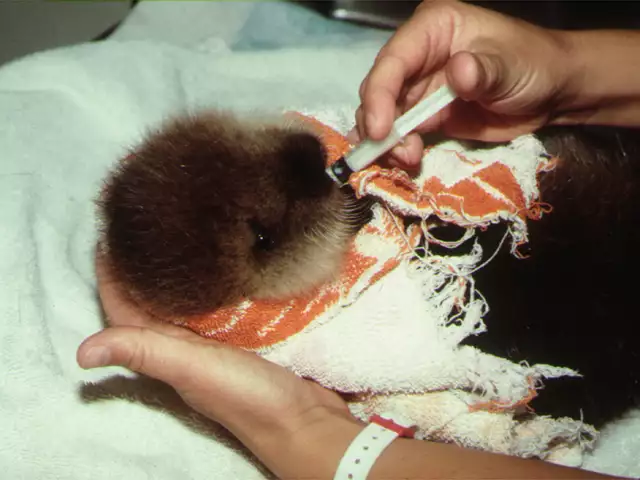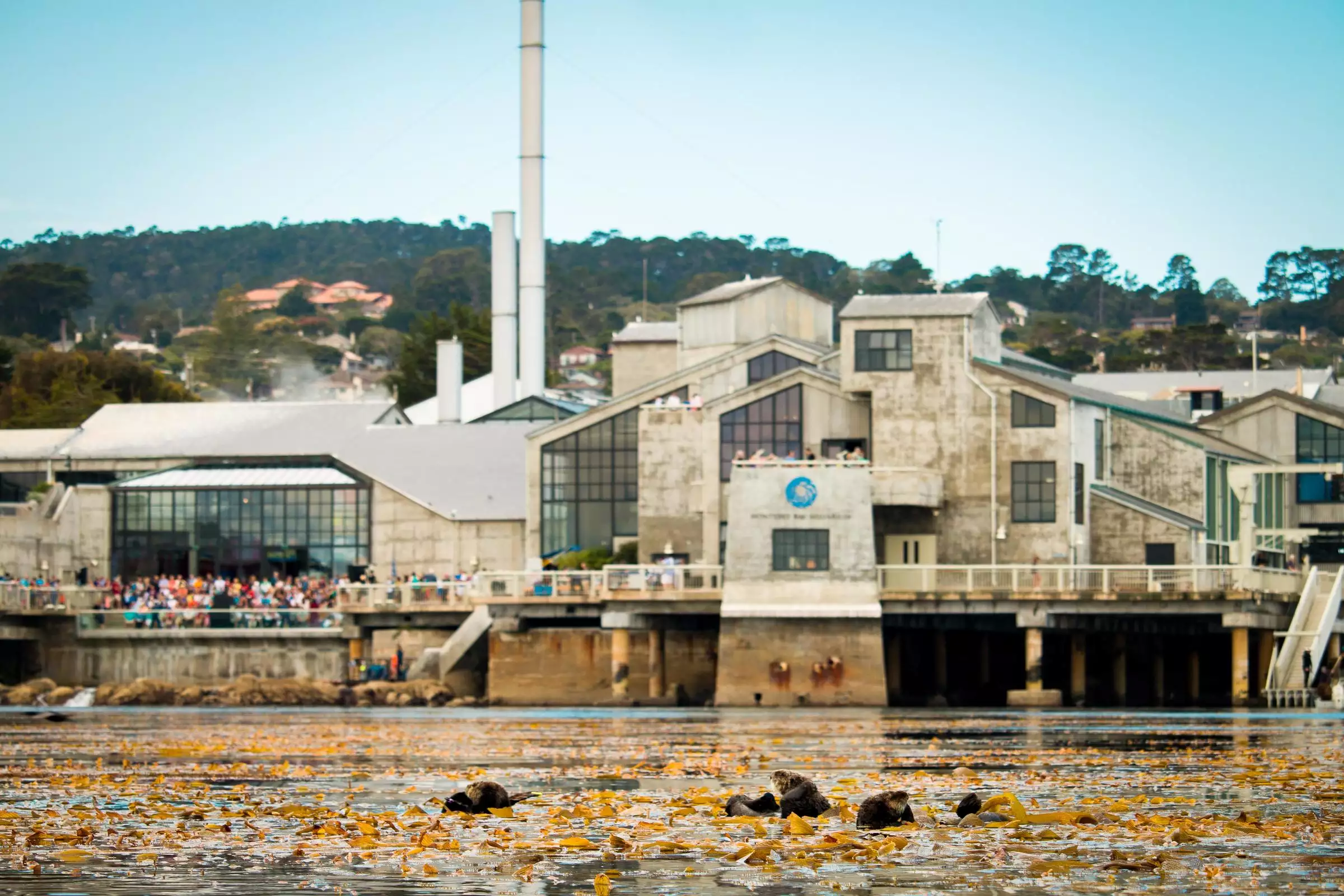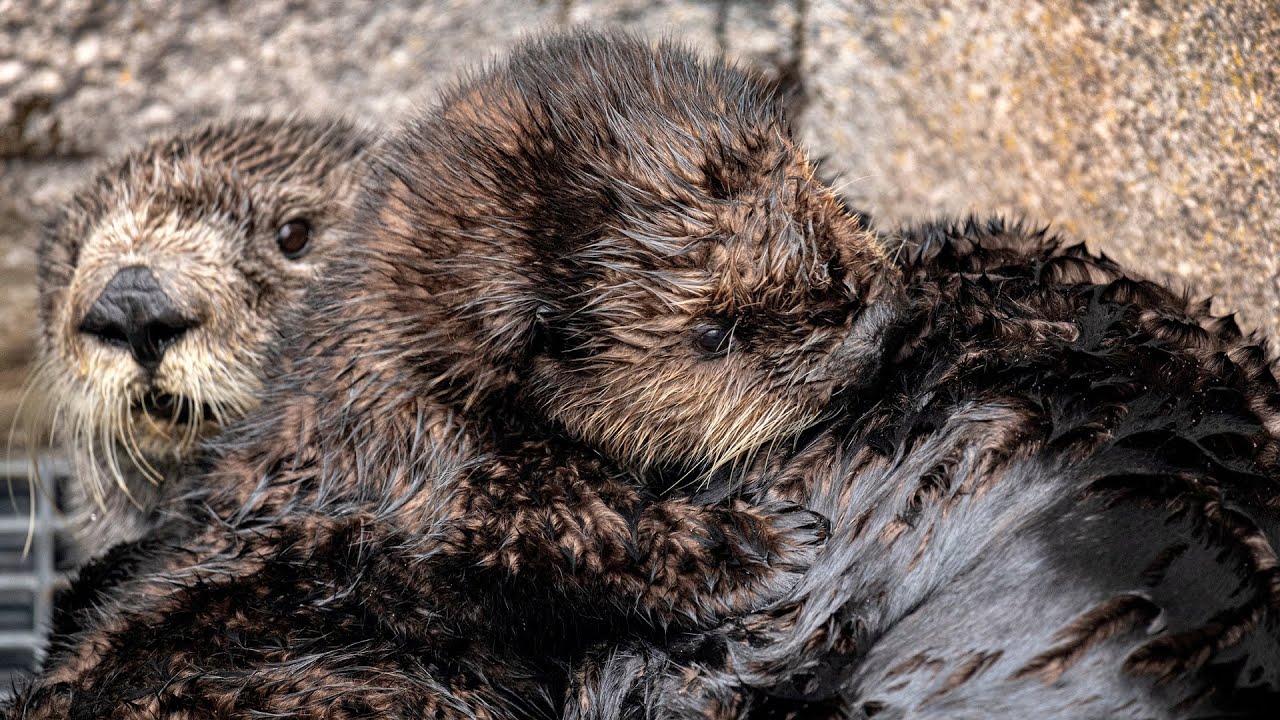Early Days
How Monterey Bay Aquarium was Founded
The Monterey Bay Aquarium has been caring for Southern Sea Otters since before they even opened as an aquarium. In 1981, a concerned citizen brought their inexperienced 9-member staff an orphaned male sea otter pup, who sadly died.
With a renewed determination to make sure that wouldn't happen again, MBA joined the Southern Sea Otter Recovery Team in 1982 — a team created by the U.S Fish and Wildlife Service to research and protect the struggling Southern Sea Otter population.
Read more about the history of MBA's Sea Otter Program.
Young Sea Otters were Hand-Fed



